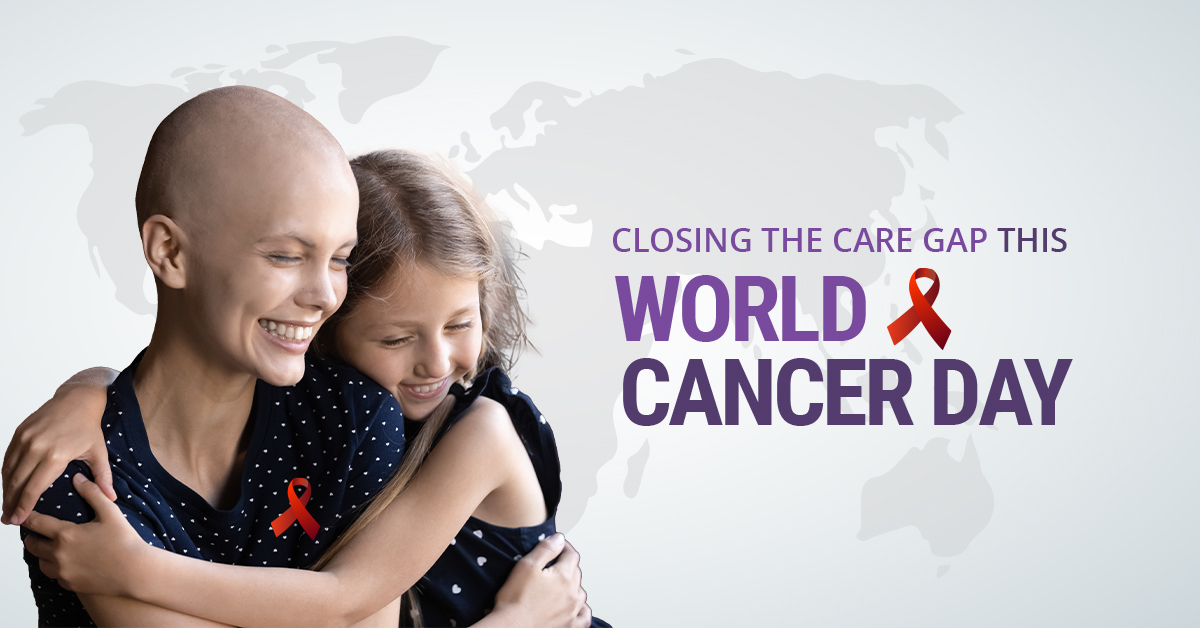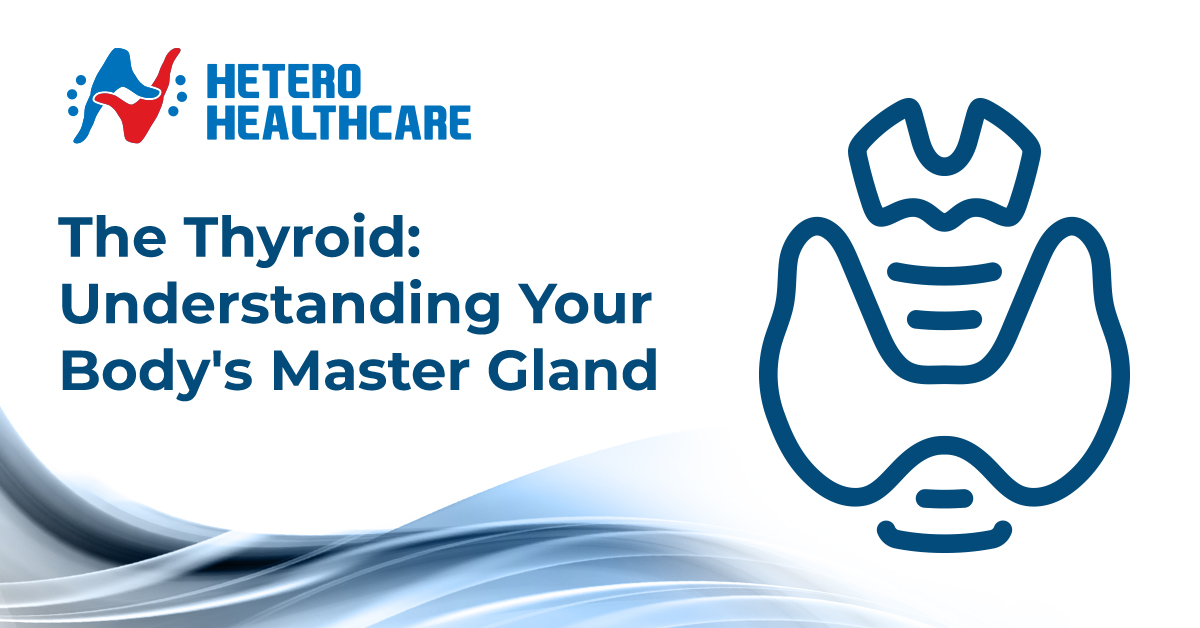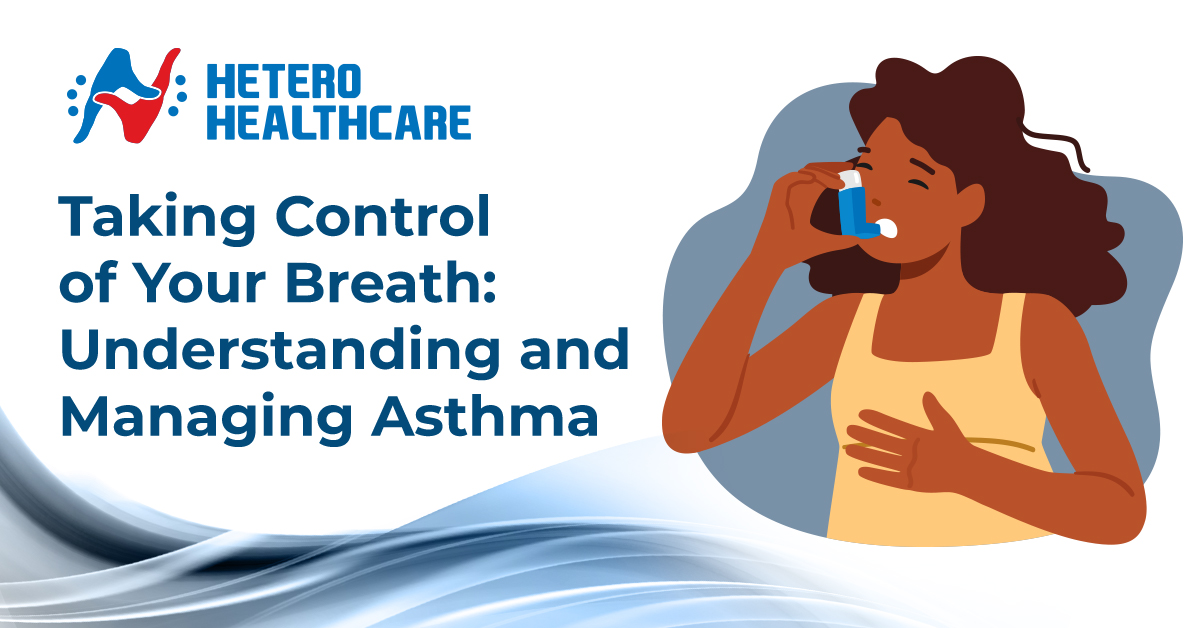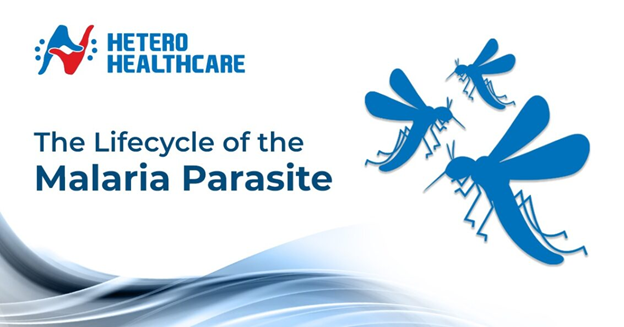Hetero Healthcare
04 Feb 2023

Cancer is a disease characterized by the uncontrolled growth of cells in the body. It can develop in many different parts of the body and can affect many different types of cells, leading to a wide range of symptoms and outcomes.
Many different types of cancer include:
Many causing factors, including - genetics, lifestyle, environment, exposure to tobacco smoke, radiation, and environmental pollutants, can cause cancer. Some cancers are caused by mutations in genes that regulate cell growth, while others are caused by environmental factors such as exposure to radiation or chemicals.
There is currently no cure for cancer, but many treatments available can help slow its progression and improve the quality of life for those affected. These treatments include surgery, radiation therapy, chemotherapy, and targeted therapies. Sometimes, a combination of treatments may be used to achieve the best possible outcome. The specific treatment approach depends on many factors, including the type and stage of cancer, the patient's overall health, and their personal preferences.
Cancer care can be affected by several inequities, including:
Closing the care gap and addressing these inequities in cancer care is essential for improving outcomes and reducing disparities in cancer outcomes. This can be achieved through initiatives that will enhance access to care, increase the quality of care, and reduce the financial burden for patients and their families.
Hetero Healthcare

Hetero Healthcare27 May 2024
The Thyroid: Understanding Your Body's Master Gland
The thyroid gland, a small butterfly-shaped gland located at the base of your neck, plays a critical role in regulating your metabolism.

Hetero Healthcare25 May 2024
Taking Control of Your Breath: Understanding and Managing Asthma
Asthma can feel like a constant battle for air, leaving you breathless and wheezing. But with knowledge and the right approach, you can take control of your asthma and live a full, active life.

Hetero Healthcare30 Apr 2024
A Comprehensive Guide to Malaria
Malaria, a mosquito-borne infectious disease, continues to pose a significant threat to global health. At Hetero Healthcare, we are committed to raising awareness about this preventable illness and empowering individuals with knowledge to protect themselves. This comprehensive blog delves into the causes, symptoms, and effective prevention strategies for malaria.

Hetero Healthcare30 Apr 2024
A Guide to Parkinsons Disease for Patients and Caregivers
At Hetero Healthcare, we understand the profound impact Parkinson's disease (PD) can have on individuals and their loved ones.